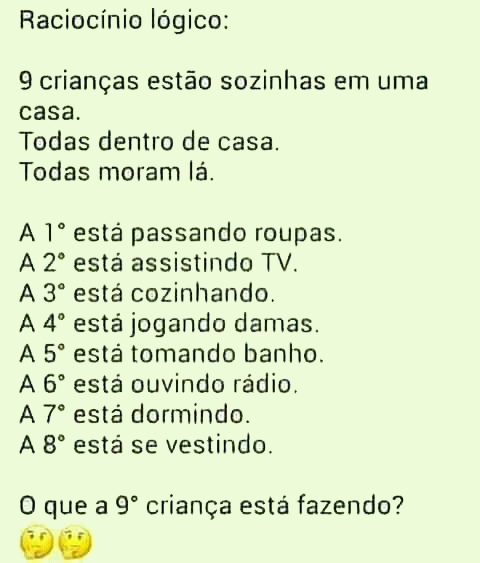Rubinstein-Taybi Syndrome - GeneReviews® - NCBI Bookshelf
Por um escritor misterioso
Descrição
Rubinstein-Taybi syndrome (RSTS) is characterized by distinctive facial features, broad and often angulated thumbs and halluces, short stature, and moderate-to-severe intellectual disability. Characteristic craniofacial features include downslanted palpebral fissures, low-hanging columella, high palate, grimacing smile, and talon cusps. Prenatal growth is often normal, then height, weight, and head circumference percentiles rapidly drop in the first few months of life. Short stature is typical in adulthood. Obesity may develop in childhood or adolescence. Average IQ ranges between 35 and 50; however, developmental outcome varies considerably. Some individuals with EP300-related RSTS have normal intellect. Additional features include ocular abnormalities, hearing loss, respiratory difficulties, congenital heart defects, renal abnormalities, cryptorchidism, feeding problems, recurrent infections, and severe constipation.

Rubinstein–Taybi syndrome in diverse populations - Tekendo‐Ngongang - 2020 - American Journal of Medical Genetics Part A - Wiley Online Library
Full article: Psychomotor, cognitive, and socio-emotional developmental profiles of children with Rubinstein-Taybi Syndrome and a severe intellectual disability
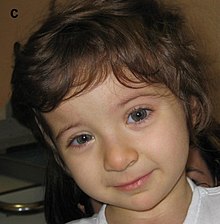
Rubinstein–Taybi syndrome - Wikipedia
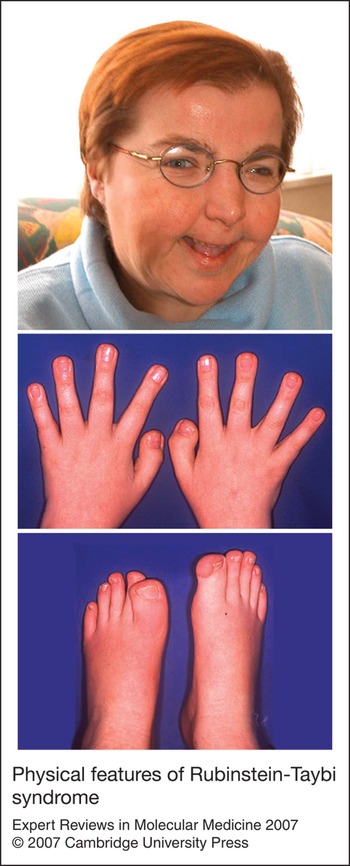
Rubinstein–Taybi syndrome: clinical and molecular overview, Expert Reviews in Molecular Medicine

Full article: Psychomotor, cognitive, and socio-emotional developmental profiles of children with Rubinstein-Taybi Syndrome and a severe intellectual disability
GeneReviews® - NCBI Bookshelf

Genetic heterogeneity in Rubinstein–Taybi syndrome: delineation of the phenotype of the first patients carrying mutations in EP300

Figure 3. [Broad, partially duplicated halluces]. - GeneReviews® - NCBI Bookshelf
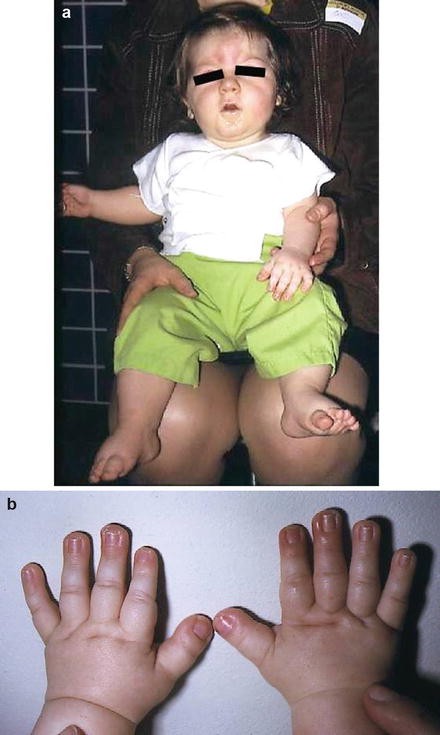
Rubinstein-Taybi Syndrome
GeneReviews® - NCBI Bookshelf

genereviews.org - GeneReviews® - NCBI Bookshelf
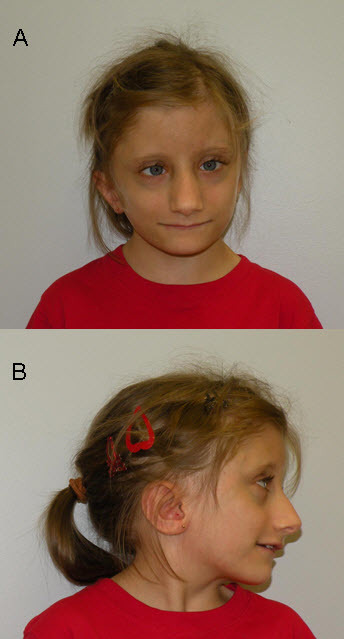
Figure 1. [Facial appearance of a girl age 11 years with FHS (SRCAP pathogenic variant p.Arg2444Ter)]. - GeneReviews® - NCBI Bookshelf
de
por adulto (o preço varia de acordo com o tamanho do grupo)






